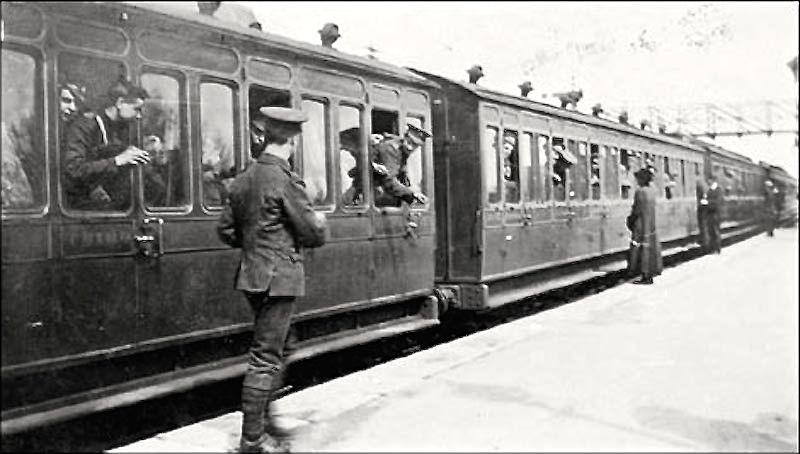How Radcliffe on Trent Servicemen Died
WW1 Timeline
Radcliffe on Trent is a village close to Nottingham in the East Midlands. The local experience of men who fought in WWI represents what happened to thousands of servicemen. The Radcliffe stories reveal how men became caught up in a process of mechanised mass destruction fuelled by chemical weapons, exploding shells and mines, liquid fire, and an incessant hail of artillery and machine gun fire.
‘How Radcliffe Servicemen Died’ puts individual men back into the epic story of WWI by linking their deaths to battles and actions which took place on specific dates. Here you will find information about the days on which sixty three Radcliffe on Trent and Holme Pierrepont men lost their lives and five became prisoners of war. Regimental war diaries have been used to explore the details, where available. These diaries were written by officers on a daily basis, often in the midst of action. Their ‘breaking news’ notes create a vivid picture of life and death at the Front. Small pieces of information about weather conditions, rations, long hours of fighting (often during the night), the impossibility of being able to bury bodies in certain situations and comments on men’s morale give voice to the experience of industrial warfare.
The cumulative deaths of Radcliffe servicemen also reveal how few of them were the outcome of random fire, sniper bullets and accidents. Most men were killed or mortally wounded in action; their deaths are plotted against major conflicts that took place between 1914 and 1918.
Radcliffe men’s deaths are presented according to the timeline of the war. The account can be read sequentially or you can click on any title to go directly to a page.
Click on any title to go directly to that conflict
Radcliffe Servicemen and British Army
1914 Battle of the Marne, 1st Battle of Ypres
1915 Battle of Neuve Chapelle, Aubers Ridge
1915 2nd Battle of Ypres and other conflicts
1916 Conflicts prior to the Somme
1916 Battle of the Somme August
1916 Battle of the Somme Autumn
1917 3rd Battle of Ypres (Passchendaele)
1918 HMS Leasowe Castle torpedoed

